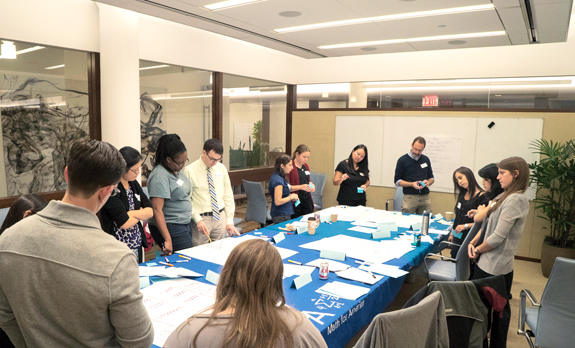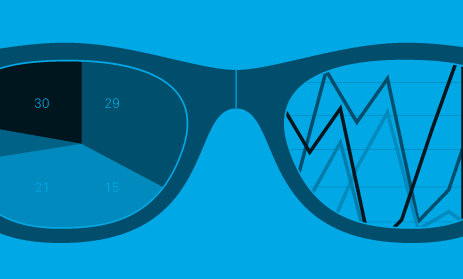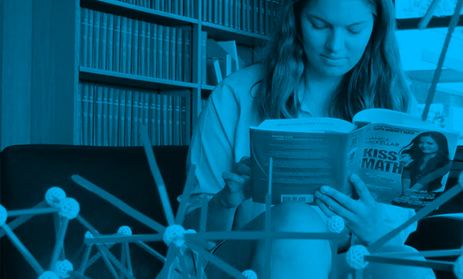
Co-facilitated by Master Teachers Eyal Wallenberg and Kate Belin, the Algebra I Modeling Professional Learning Team collaborates to develop methods for exploration and analysis of algebraic functions using models. Photo taken October 2014.
High school algebra teacher Zach Korzyk knew that Math for America (MƒA) was enhancing his impact as a mathematics educator when, one afternoon in Manhattan last December, his students literally told him so. “Kids were coming up to me after school and saying, ‘Mr. Korzyk, that lesson was so fun, but also so interesting,’” he says. “I don’t hear that very much.”
MƒA, a nonprofit organization founded in 2004 whose mission is to “make teaching a viable, rewarding and respected career choice for the best minds in science and mathematics,” provides fellowships and professional workshops for both early-career and established science, technology, engineering and math (STEM) educators in public schools. Zach Korzyk, who completed MƒA’s entry-level fellowship four years ago and is now an MƒA Master Teacher, had recently presented at an MƒA TED-style event focusing on STEM teaching and technological innovation. It was another Master Teacher’s presentation during the evening event that inspired Korzyk to design the lesson that so piqued the interest of his students.
“That’s the great thing about MƒA — no other organization exists for teachers to share awesomeness,” says Sarah Prendergast, an MƒA Master Teacher who presented at the event on the topic of paper engineering. “We really are a community of teachers who are not only working together to deepen our knowledge and better our own practices, but also to better the profession in general.”
MƒA brings expert teachers together into a professional community. Once admitted to the fellowship program, teachers receive a 26-page catalog of evening professional events that offer wide-ranging opportunities for them to stay at the cutting edge, through high-level workshops with research scientists and mathematicians as well as workshops led by MƒA teachers on best practices in their content area, emerging technologies and ways to deepen teachers’ knowledge of their students.
Having opened its Master Teacher fellowships to science teachers in 2013, MƒA will again expand its reach in 2015 by opening all its fellowships to science teachers — and to elementary school teachers with demonstrated expertise in mathematics or science. According to MƒA president John Ewing, the programmatic expansion has already greatly increased the intellectual cross-pollination that MƒA teachers enjoy. “The science teachers want to investigate topics in mathematics and the math teachers are joining the Astronomy Professional Learning Team,” Ewing says. “Not only that, the high-school teachers want to talk to the middle-school teachers, and vice versa. These teachers are very accomplished, but they almost never get a chance in their normal workday to talk to teachers from other fields or grade levels in a professional way.” MƒA offers its fellowships and professional programs — which cover topics ranging from debate techniques in the STEM classroom to programming Arduino microcontrollers — to approximately 800 teachers in New York City and more than 1,000 across the country. In New York City, Ewing expects that group to grow to 1,000 teachers in 2015 — representing about 10 percent of the math and science teachers in New York City.
Sarah Prendergast, for one, is leading the charge. “I want to tell everybody about what I’m doing and help them bring it into their own classrooms,” she says. “Where else but MƒA could we do this?”





